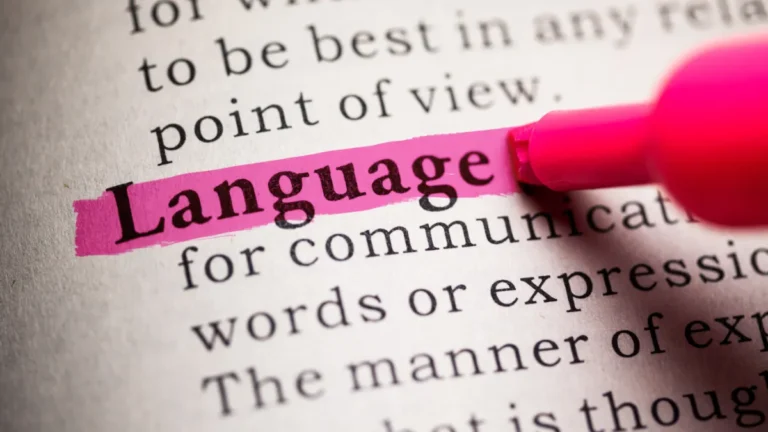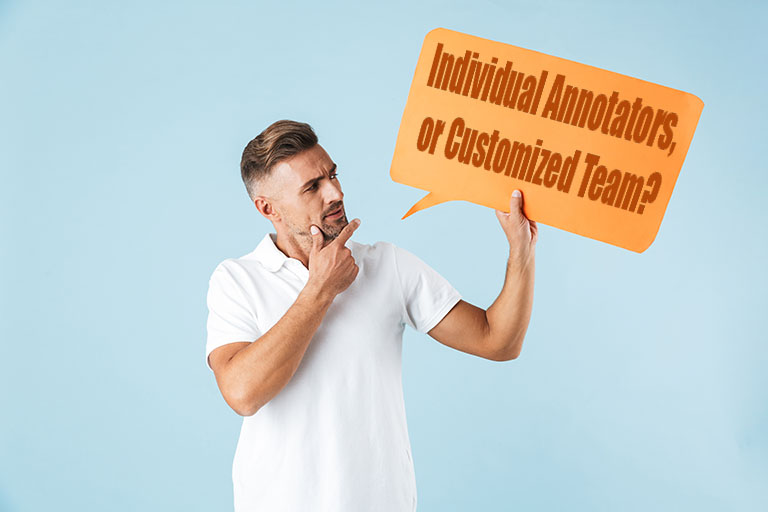Data Annotation Services
Giving Depth to Raw Data
Data Annotation
Data annotation involves tagging or labeling data to help machine learning algorithms accurately understand and classify the information they process.
We Know What We’re Doing
At DeeLab, every annotator undergoes a systematic process to ensure they have the skills needed for precise data annotation. Each team member must pass our comprehensive General Skills Assessment (GSA), which includes four sections. Only those who successfully pass all sections are invited to join our DeeLab Talent Community, where they receive advanced training through DeeLab Academy, becoming industry-leading professionals in data annotation.
To ensure top-notch quality, we assign an experienced data annotation project manager and a quality assurance manager to oversee each project, guaranteeing the highest standards in every task.


Image labeling is the process of identifying and marking various details in an image. Whether it’s bounding boxes around objects, keypoint annotations for movement analysis, or semantic segmentation for understanding object boundaries, image labeling enriches the raw visual data with layers of meaning.
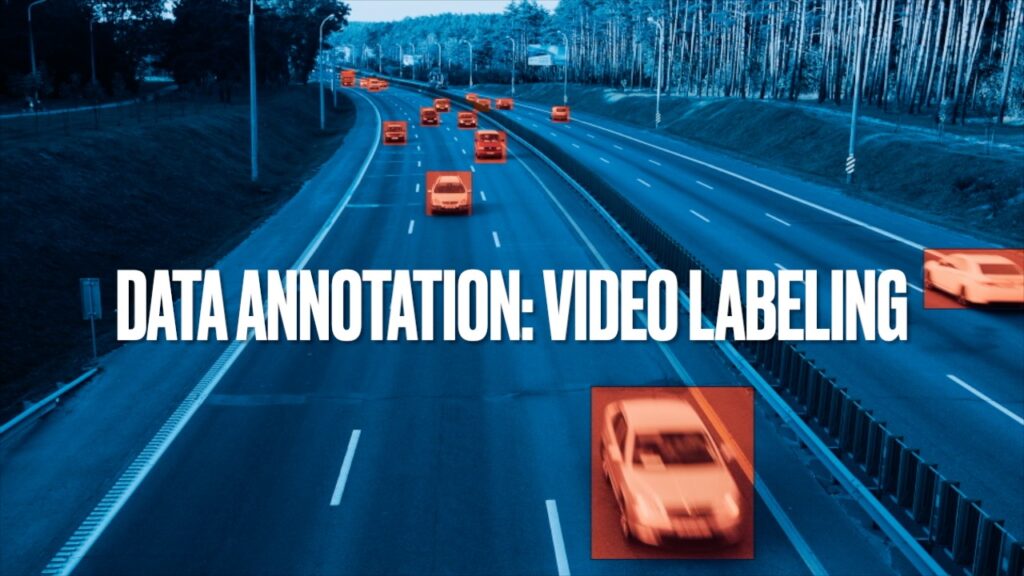
Video labeling involves annotating specific actions, objects, or sequences in video footage. From tracking movements with bounding boxes to frame-by-frame analysis, video labeling adds valuable context to raw video data, enhancing its usability for various applications.

Audio labeling is the process of tagging and annotating sound files, identifying elements like speech, music, or specific noises. Whether it’s transcribing dialogue, marking sound events, or classifying audio clips, audio labeling provides structure and meaning to raw sound data.

Text labeling is the process of tagging and categorizing written content. From assigning sentiment to classifying topics or identifying key phrases, text labeling adds valuable structure to unprocessed text, enabling deeper analysis and understanding.
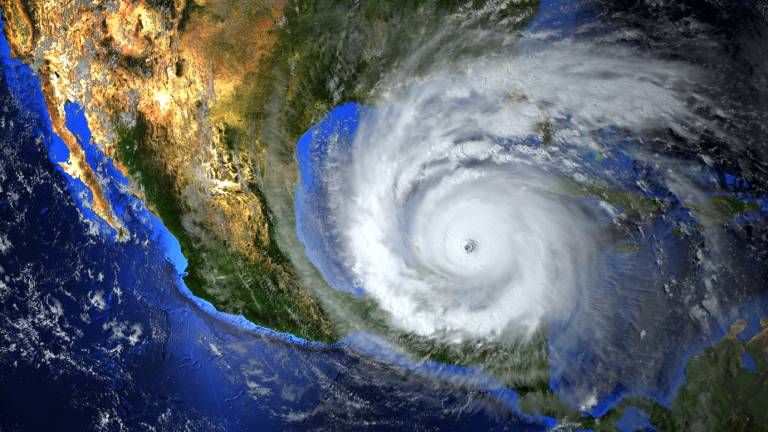
Geospatial data labeling involves marking and annotating elements within satellite or aerial imagery. This process helps identify key features such as land use, objects, or geographic boundaries, providing valuable context for spatial analysis and decision-making.
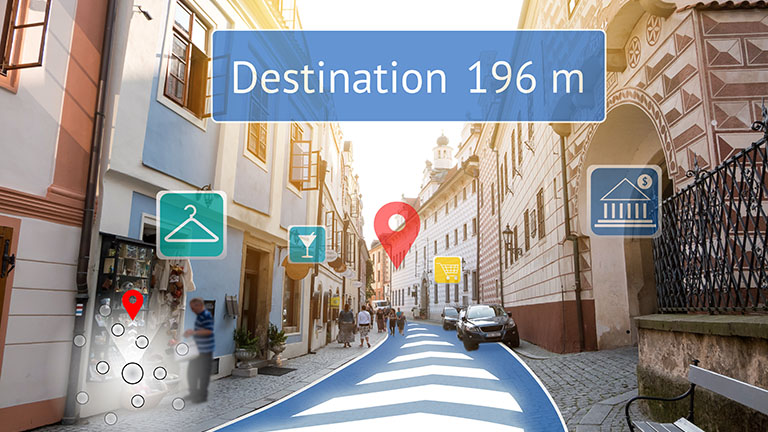
XR data labeling involves annotating real-world and virtual objects, environments, and scenes to train augmented reality, virtual reality, and mixed reality systems. By accurately tagging features, these models can understand and interact with both physical and virtual worlds, enhancing user experiences.
Flexible Business Model
We Adapt to Your Business Needs
We understand that every AI project is unique, and your annotation needs may vary. That’s why we offer a range of flexible options for your data annotation requirements.
Individual Annotators: Our pool of experienced individual annotators brings expertise and precision to your project. These dedicated professionals are skilled in specific domains and can efficiently handle tasks that require focused attention. This model is perfect for small-scale projects or specific tasks where accuracy is paramount.
Customized Teams: For larger and more complex projects, we provide the option to build a customized team of annotators. This team is carefully selected based on your project’s requirements and your desired expertise. It’s like having your own tailored annotation department. This approach is ideal for multi-faceted projects that require diverse skills and collaborative efforts.
On-Demand Annotations: Need a specific dataset annotated within a short time frame? Our on-demand model allows you to get the job done quickly and accurately. Perfect for those one-off tasks that require a swift turnaround.
Long-Term Partnerships: If you’re working on a continuous project, our long-term partnership model offers consistency and reliability. You can have a dedicated team working on your project, ensuring high-quality annotations over time.
Hybrid Approach: Sometimes, your project may require both individual annotators and a team for different aspects. Our hybrid approach combines the precision of individual annotators with the collaborative power of customized teams.
Client-Led Collaboration: You lead, we follow. In this model, you provide detailed guidelines and parameters, and we execute the annotations accordingly. Your vision drives the project.
Joint Effort: We collaborate with you to fine-tune guidelines and approaches. This model fosters a more dynamic exchange of ideas and ensures alignment with your expectations.
Task-Based Pricing: For smaller projects or specific tasks, we offer task-based pricing. You pay for the annotations you need, making it a cost-effective solution for focused requirements.
Project-Based Pricing: For larger projects or those with multi-faceted annotations, project-based pricing is tailored to your project’s scope, complexity, and desired outcomes.
Flexible Contracts: Our contracts are designed to provide you with flexibility. Whether it’s a short-term task or a long-term partnership, we adapt to your needs.
Let's Talk
Schedule a call with Hannah via Calendly for an in-depth discussion or consultation. Pick a time that works best for you, and we’ll be ready to connect virtually.
In this 30-minute session, we’ll go over your project requirements, discuss your goals, and offer tailored guidance on the next steps.




